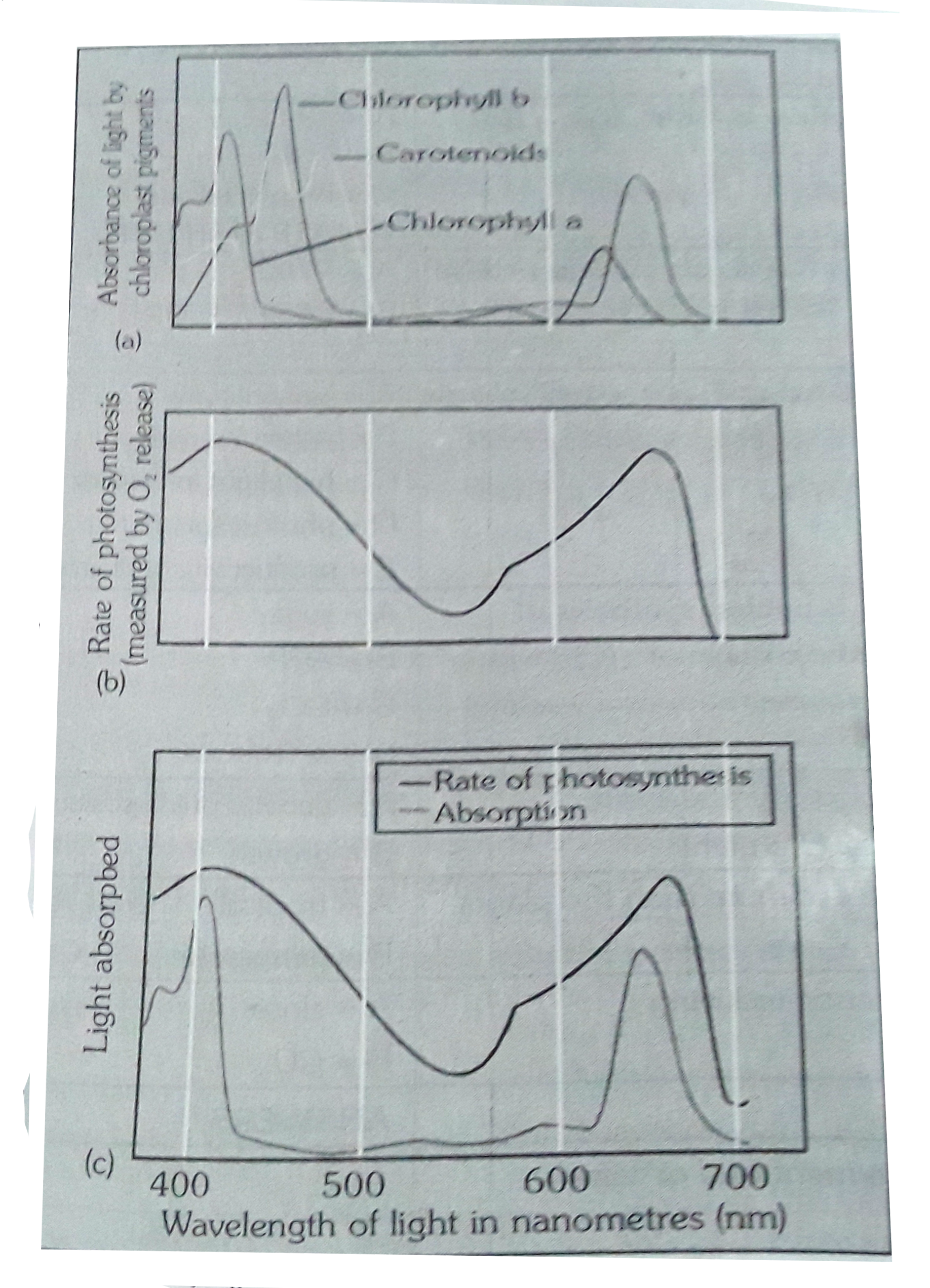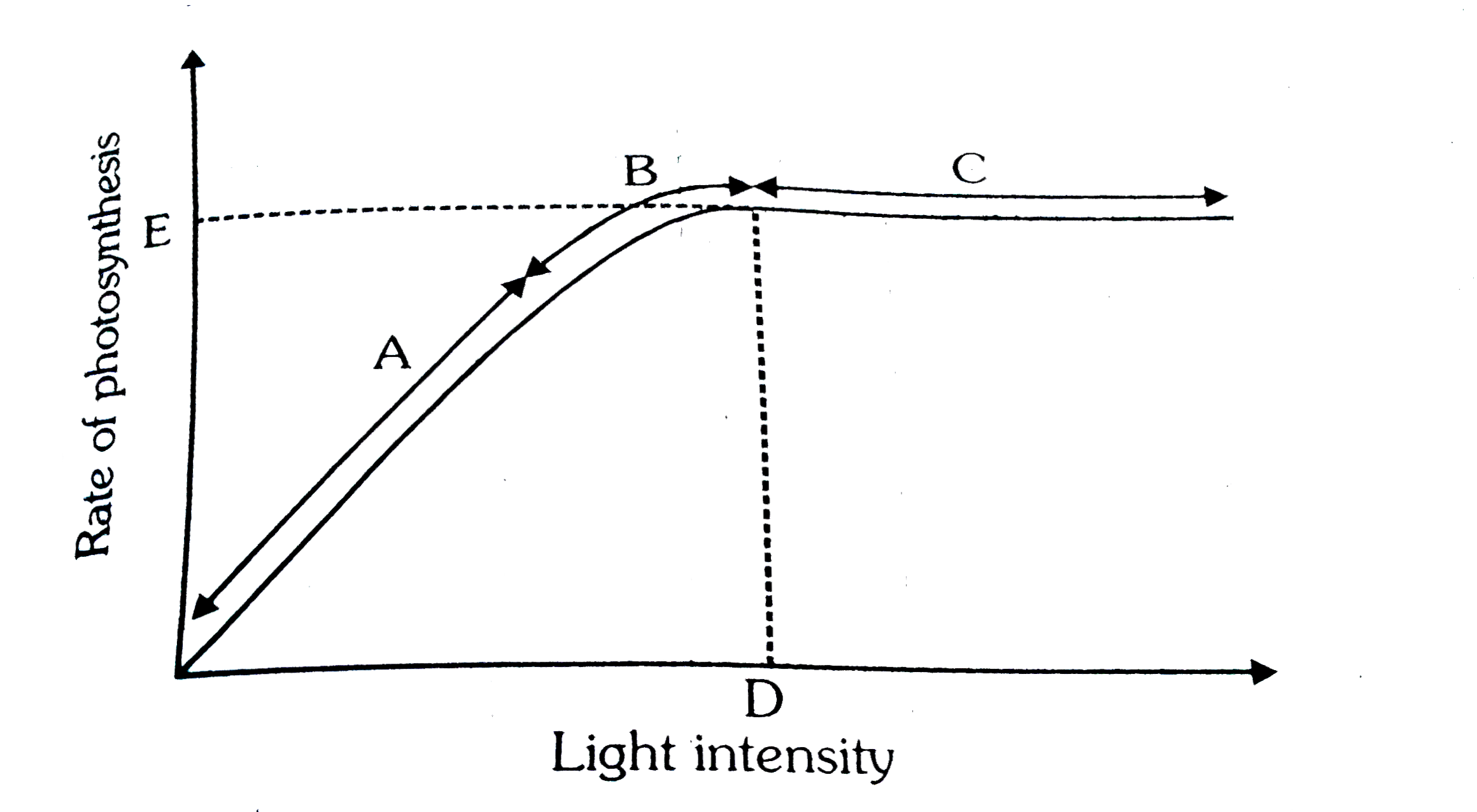The plants of Cuscuta reflexa(Dodder) shows maximum photosynthesis in
red light
blue light
green light
no photosynthesis at all
The correct Answer is:D
To answer the question regarding the photosynthesis of Cuscuta reflexa (Dodder), we need to analyze the characteristics of this plant.
1. Understanding Cuscuta reflexa:
- Cuscuta reflexa, commonly known as Dodder, is a type of plant that is classified as a complete parasite. This means it does not have the ability to perform photosynthesis like other green plants.
2. Photosynthesis Requirement:
- Photosynthesis is the process by which green plants use sunlight to convert carbon dioxide and water into glucose and oxygen. This process requires chlorophyll, which is typically found in the green parts of plants.
3. Parasitic Nature of Cuscuta:
- As a complete parasite, Cuscuta reflexa attaches itself to host plants and derives all its nutrients from them. It lacks chlorophyll and does not have green leaves, which are essential for photosynthesis.
4. Conclusion:
- Since Cuscuta reflexa does not perform photosynthesis due to its parasitic nature, it does not show maximum photosynthesis in any light condition (darkness, red light, blue light, or green light). Therefore, the plant does not engage in photosynthesis at all.
5. Final Answer:
- The correct answer is that Cuscuta reflexa does not perform photosynthesis.
- Cuscuta reflexa, commonly known as Dodder, is a type of plant that is classified as a complete parasite. This means it does not have the ability to perform photosynthesis like other green plants.
- Photosynthesis is the process by which green plants use sunlight to convert carbon dioxide and water into glucose and oxygen. This process requires chlorophyll, which is typically found in the green parts of plants.
- As a complete parasite, Cuscuta reflexa attaches itself to host plants and derives all its nutrients from them. It lacks chlorophyll and does not have green leaves, which are essential for photosynthesis.
- Since Cuscuta reflexa does not perform photosynthesis due to its parasitic nature, it does not show maximum photosynthesis in any light condition (darkness, red light, blue light, or green light). Therefore, the plant does not engage in photosynthesis at all.
- The correct answer is that Cuscuta reflexa does not perform photosynthesis.
Topper's Solved these Questions
Similar Questions
Maximum photosynthesis occurs in light
View SolutionObserve the following graphs carefully and select the true or false statement regarding it:-

(i) Graph a indicates that at wavelength of blue and red color, chlorophyll a shows maximum absorption.
(ii) Graph b indicates that at wavelengths of blue and red color, plants shows maximum rate of photosynthesis.
(iii) Graph c indicates complete one to one overlap between the absorption spectrum of chlorophyll a and the action spectrum of photosynthesis.
View SolutionMaximum photosynthesis takes place by :
View SolutionThe plant or internal factors affecting photosynthesis are dependent on the (A)_____ and the (B)____ of the plant.
View SolutionRate of photosynthesis is maximum at
View SolutionRate of photosynthesis is maximum at
View SolutionPhotosynthesis is maximum in
View SolutionObserve the given graph carefully and choose the correct statements for labelled points, (A to E)
 Points:-
Points:-
(A)- There is a linear relationship between incident light and CO2 fixation rates.
(B)- It is a transition poit where limiting factor changes.
(C)- At this region light intensity is not showing detrimental effect on rate of photosynthesis.
(D)- It shows light saturation point sunlight except for plants in shade or in dense forests.
(E)- This point show maximum rate of photosynthesis at optimum presence of various parameters.
View SolutionIn C3 plants, photosynthesis occur in
View SolutionMaximum absorption by chlorophyll - a is seen in ( P ) .The maximum rate of photosynthesis is seen in ( Q ) . The correct world filling ( P ) and ( Q ) are
View Solution
